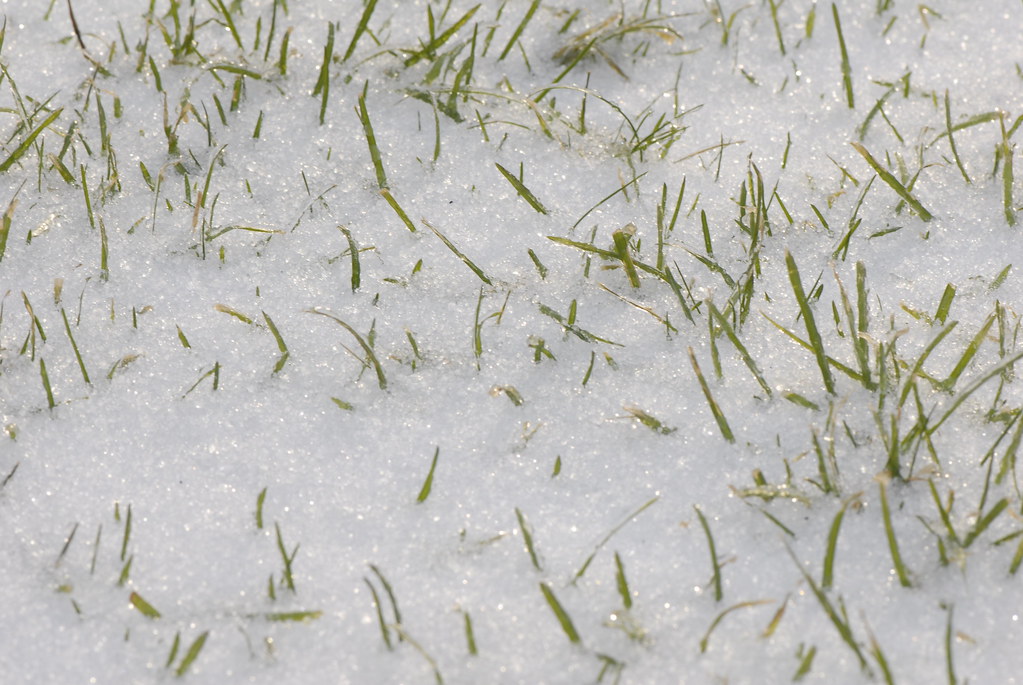Tip of the Week — 12/8/08
Posted in Gardening Tips on December 8 2008, by Sonia Uyterhoeven
Snow in the Garden
 Sonia Uyterhoeven is Gardener for Public Education at The New York Botanical Garden.
Sonia Uyterhoeven is Gardener for Public Education at The New York Botanical Garden.
 Snow is one of nature’s greatest insulators. As long as it is not crushing a plant or placing too much weight on vulnerable branches, why not let it naturally pile up. It shouldn’t be a problem; in fact, it may actually help the plant weather the season.
Snow is one of nature’s greatest insulators. As long as it is not crushing a plant or placing too much weight on vulnerable branches, why not let it naturally pile up. It shouldn’t be a problem; in fact, it may actually help the plant weather the season.
In the Garden, we do have areas where we need to remove snow such as from our yew hedges, which could be damaged and disfigured by heavy snow. We gently remove heavy snow from hedges and specimen trees by using a broom or broom handle and slowly pushing upward. If the snow has iced over, we wait until the sun warms it up.
Do not try to break off ice crystals or be too hasty in your treatment. The trees and hedges are stressed enough in the winter months and patience is one of your greatest virtues. Avoid using a shovel; it tends to be too heavy, unwieldy, and sharp and will damage branches. If you are in a hurry or have a large area to cover, try a snow blower on low volume.
Mark your driveway with reflectors so that you delineate areas to be plowed before the snow piles up. Do not shovel or plow snow onto valuable trees and shrubs. While this sounds like common sense while sitting at your computer, this decision is not always straightforward when you are holding a shovel full of heavy snow. Not only will the force damage branches, but you will be piling up harmful salt residues.
Be careful of damaging plants with salt runoff from paths and sidewalks. Salt burns plants and kills root systems. Rather than using sodium chloride, try products that contain calcium chloride or magnesium and potassium chloride. Two products that do less damage to plants and that you can easily find at a hardware store or The Home Depot are Lescomelt2™ and Combotherm™.
If salt damage does occur, use gypsum (hydrated calcium sulfate) to counteract the salt at a ratio of 20 pounds per 100 square feet. As with any product, read the label and follow the directions for best results.

